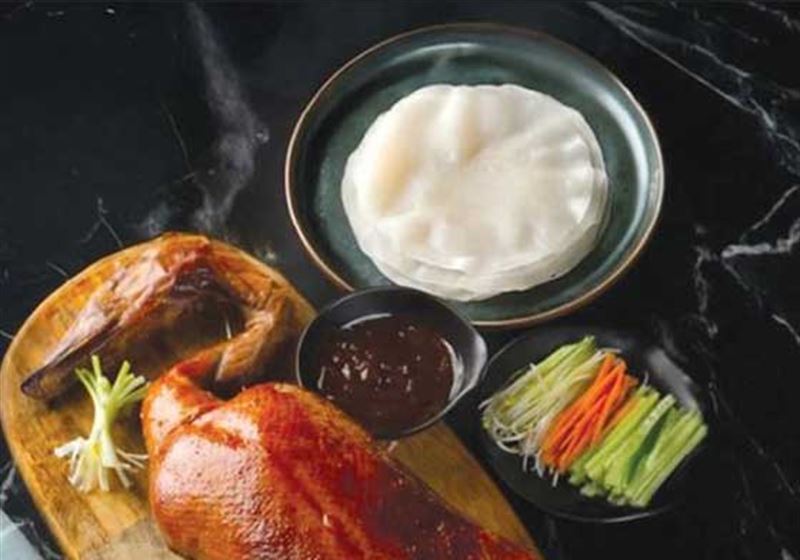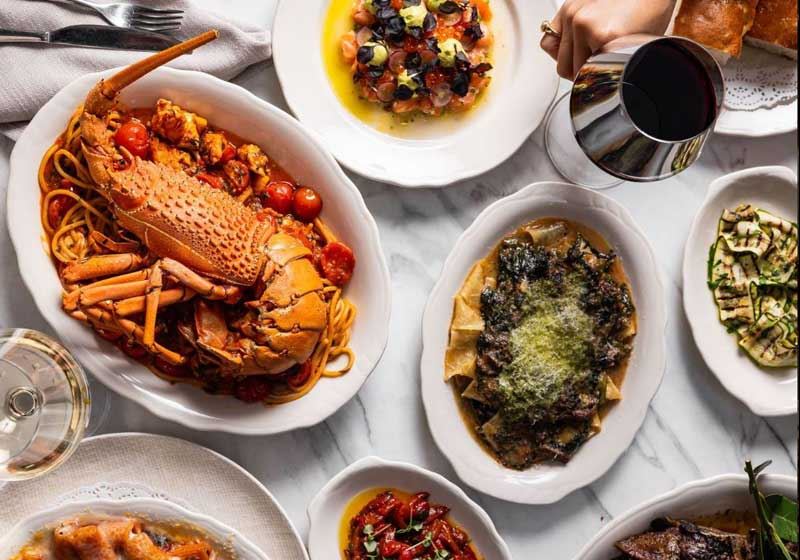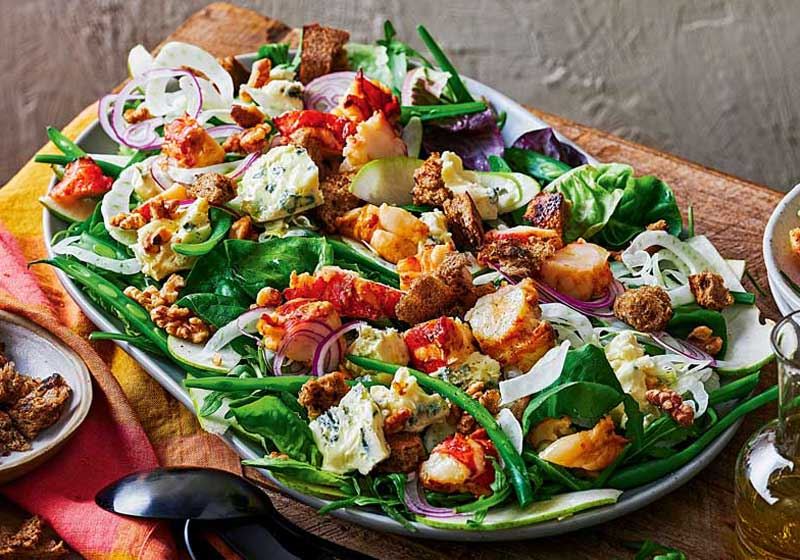Who Invented Cheese?
Since ancient times, cheese has been a staple comfort food and popular culinary ingredient. According to an ancient legend, cheese was discovered when it was accidentally produced by an Arabian merchant, who placed his supply of milk into a pouch made from a sheep’s stomach.
The lining of the pouch, as well as the heat emitted from the sun, resulting in the milk separating and curdling. Today, there is a massive variety of cheese present globally, each differing in texture, colour, shape, processing and fat content. Let’s embark on a mini tour around the world, exploring different types of cheese!
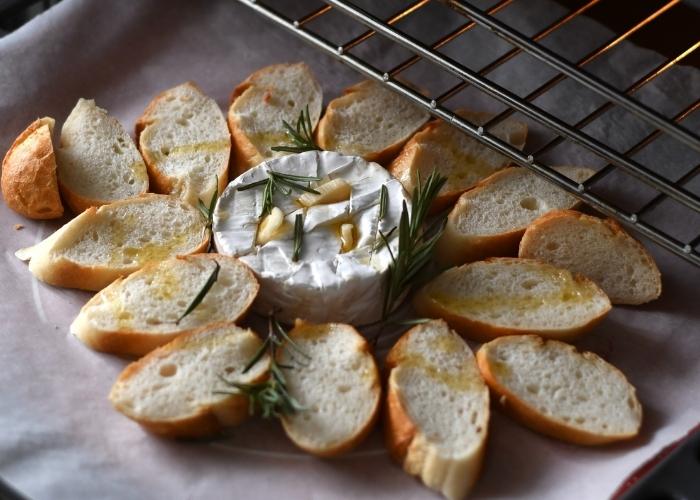
Types of Cheese from Around the World:
There are various types of cheese around the world, including the well-known - halloumi, Stilton blue and Aiybe. Halloumi is an unripened cheese, traditionally made from a mixture of goats’ and sheep’s milk. It is most commonly appreciated as a grilling cheese, due to its ability to maintain its shape when heated.
Halloumi has an appearance and texture similar to mozzarella - with both being white, relatively soft and composed of multiple layers. It’s no surprise this type of cheese tends to be a favourite in Greek cooking.
Stilton blue, unlike halloumi, is a type of cheese which has Penicillium roqueforti implemented in it to generate a specific taste and odd smell. This cheese is also commonly recognised worldwide as blue cheese, originating from England and generally eaten by itself, or spread on bread.
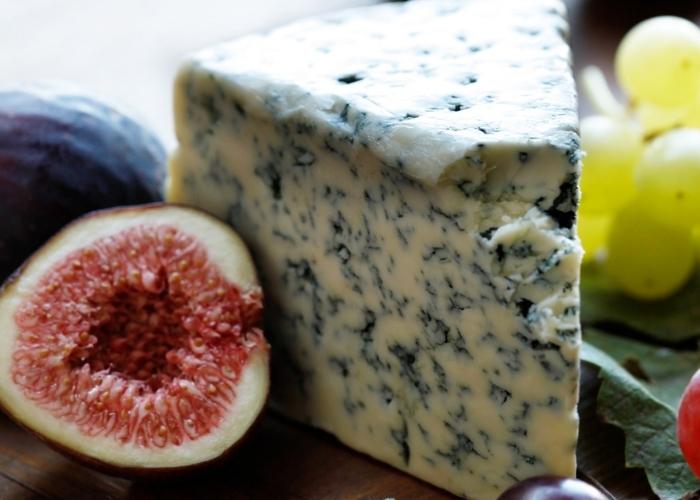
Aiybe is an Ethiopian cheese with quite an unusual texture in contrast to halloumi and Stilton blue, with it being quite crumbly, similar to feta. This cheese is often accompanied with a variety of spicy Ethiopian dishes, with its mild taste.
What is the Most Expensive Cheese in the World?
Depending on the processing costs, availability and many other factors, cheese can become quite expensive. Some examples of costly cheeses are Wyke farms cheddar, white Stilton gold and pule.
Wyke farms is the largest independent producer of cheese in the United Kingdom, known for their high pricing of cheese, including cheddar cheese, estimated at $A350 per 500 grams. This cheese has been produced by the Wyke family farm in Britain since the 1860s, taking 12 months to reach its peak.
White Stilton gold is a white, delicate cheese, instilled with real gold flakes! It has a fresh mild taste and crumbly texture, often sold at just 4-weeks-old. It is known for being the most expensive type of cheese in the United Kingdom, attracting many people, with it costing around $156 for just 100 grams.
The next type of expensive cheese pule is a Serbian cheese made from 60% Balkan donkey milk and 40% goats’ milk. It costs a staggering $600 per 500 grams, as a result of the time and resources needed for its production. For example, it requires 25 litres of milk to produce just one kilogram of pule!
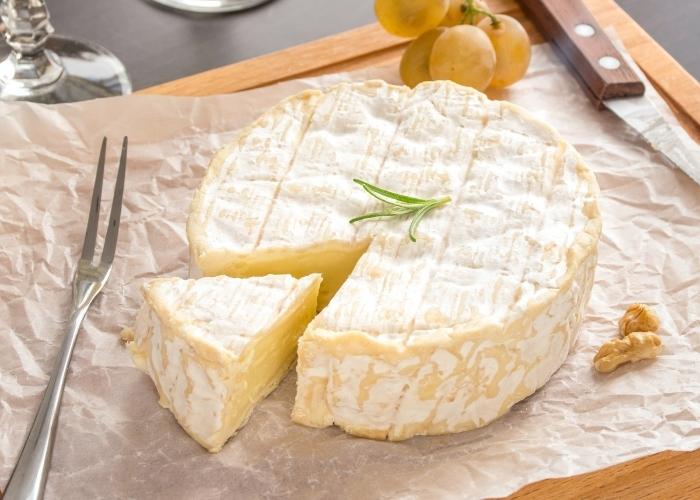
The Most Popular Cheese in the World:
Cheese is consumed daily around the world, with the most well-known being mozzarella, cheddar and feta.
Mozzarella is a southern Italian cheese, most often made of cows’ milk - fresh mozzarella is generally white, associated with a dough-like texture. This cheese is common in popular Italian dishes, including certain pastas and pizzas. Its huge popularity is not only due to its taste, but also because it's rich in protein and calcium.
Cheddar cheese originates from the English village of Somerset and is actually Australia’s most popular type of cheese - likely because of its smoothness, sharpness, and creaminess.
Cheddar cheese carries a naturally light-yellow colour, but sometimes obtains an orange hue from the incorporation of a natural dye. It is often served in sandwiches, macaroni and cheese and much more!
Feta is a Greek brined white cheese, generally made from at least 70% sheep’s milk; compared to many other cheese, it has quite a low-fat content. This makes it perfect for inclusion in salads, soups, vegetables, etc. It has a slightly grainy texture, formed in large blocks and aged in brine.


